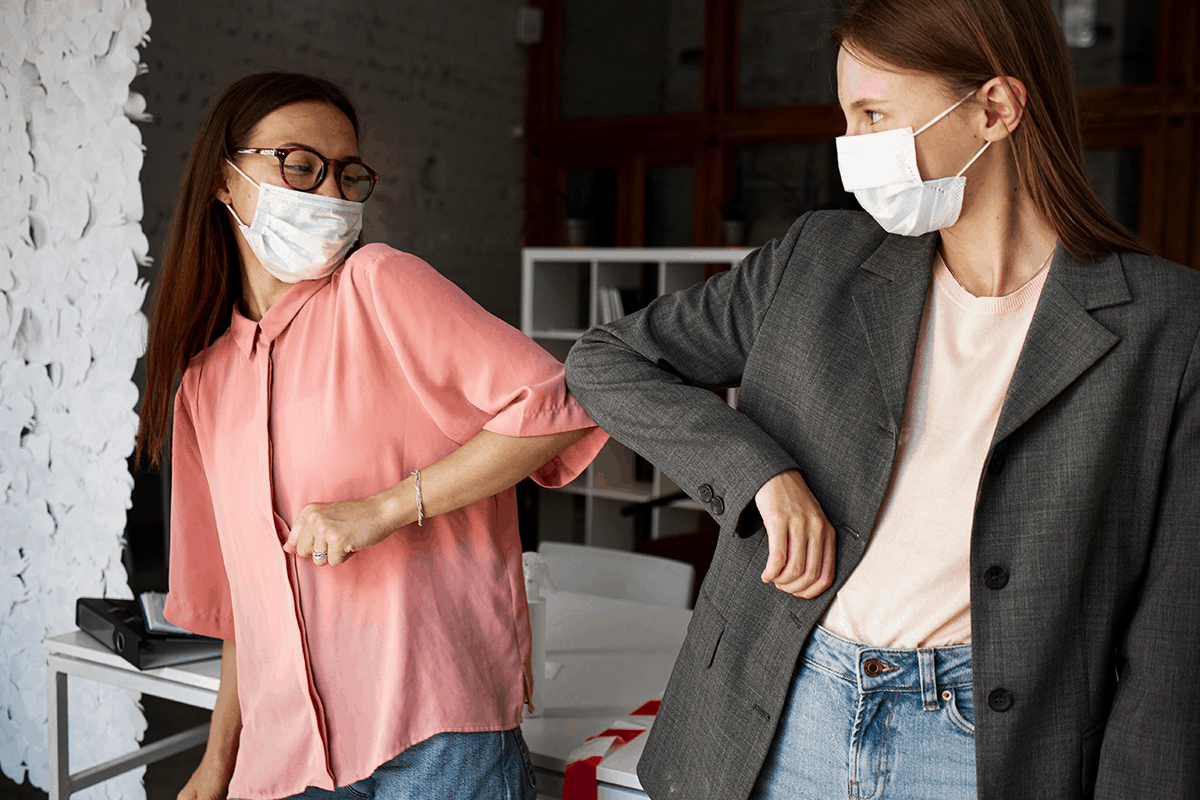
Millennials are quickly taking over the workplace as the baby boomers gradually retire. This natural evolution will spark a number of changes in the work world, including the steps employers take to foster a sense of safety in the workplace. How are employers adjusting safety policies for the millennial generation and how can telemedicine help these workers feel safe while still cutting costs and improving our response to jobsite injuries?
Reacting Quickly to a Workplace Safety Incident
Much has been written about the millennial’s need for speed and their impatience with long-winded or ineffective processes. Millennials are so impatient they famously have a reputation for waiting only 12 to 18-months for a job promotion before moving on to something else. Generation Z is even worse; new data from the Marchex group says they’ve now surpassed even the Millennials as the consumer group with the shortest attention span.
Millennials, and their Gen Z counterparts are part of a new generation who grew up with technology that facilitates an instant response. Within this context, it’s easy to see how this population could grow frustrated by a traditionally long and drawn-out response to a workplace injury.
The typical workflow for a workplace injury today includes:
- Leaving the job site to go to an ER.
- Waiting for treatment.
- Since most injuries are likely orthopedic, receiving a referral to a specialist.
- Setting the appointment and visiting the orthopedist.
- Potentially seeking surgery or, in most cases, just physical therapy or rest to recuperate from the injury.
- Waiting to be certified to return to work.
While these traditional responses to a workplace injury have held us in good stead with the baby boomers, none of these steps are conducive to engaging your millennial workforce. One safety newsletter illustrated the difference between these two populations:
“Baby Boomers entered their work careers when OSHA and EPA were being formed. The group mindset of boomers places heavy emphasis on regulatory compliance for safety program management. Millennials grew up with the Internet. Millennials google best safety practices.”

The Growth of the Baby Boomer Population
There is little doubt that the millennial generation is changing our world. The population, born between 1981 and 1996, now surpass baby boomers as the largest generation in the United States. There are now more than 72.1 million millennial adults in the country. Today millennials represent more than 35% of the working adult population, but by 2025 they will increase to 75%.
As a result, every industry, culture, and workflow are now shifting to accommodate the changes that this youthful population will bring to our world.
One area that will feel the impact of changes wrought by the millennials is the area of workplace safety. According to the American Psychological Association, millennials report that workplace safety issues are a significant cause of stress. It turns out this concern is warranted; the Centers for Disease Control and Prevention reports that younger workers are more likely to be injured at work than their older counterparts.
How can companies take steps to mitigate risks for their millennial workforce? Adjusting safety policies and adopting new technology tools could make all the difference.

Establishing a Safe Workplace for Millennials
It’s different for millennials, who have grown up with exposure to the violence occurring all around us. This has colored the concerns of the millennial population who are now all-too-aware of personal safety issues.
Forbes says, “If millennials are helping carry the standard of safety into a new era, it falls on employers and business leaders to help them do it.” How can your workplace adopt new strategies to assuage their fears?
How to Visibly Promote Worker Safety
Millennials want evidence that your company is committed to their safety. This population will perform well in an environment where they feel comfortable with their employer’s commitment to safety.
Unlike the baby boomers, the millennial generation is inherently familiar with social media and other digital tools. You can leverage these skills by adding low-cost but highly effective programs to engage this workforce on these platforms. For example, you could use instant messaging, email, or social tools to promote worker safety. You could create workplace challenges that gamify safety by challenging employees to spot safety issues before they cause a problem.
Promoting worker safety by using social media, videos, or other digital tools will help millennial job candidates know your workplace is safe. Make your safety plan transparent and part of orientation. Also, include it with benefits information for current employees so that it is available at the touch of a button. Finally, train existing and new workers with online and ongoing education using videos, music, quizzes, and graphics, to drive home the point that safety matters in the workplace.
To make the best use of these campaigns, keep your information bite-sized and interesting by adding infographics or a video to make your point. If you have electronic display screens at work, post safety reminders, and change them frequently to retain audience interest. Ask your older employees to share safety tips for younger workers. Consider placing a laptop in your break room and add safety training materials that workers can access.
OSHA has dozens of free training videos, making this a low-cost but effective tool to promote workplace safety. They also have online training tutorials designed to promote safety while enhancing the skills of your workforce. OSHA offers free on-site consultations to help improve safety at small and mid-size companies. Employers can use these tools to keep worker safety top of mind.
Transparency is a key part of this communication effort. Talk about worker safety at every opportunity. Train your workforce, no matter their age, in how to respond to a workplace emergency. Even establish safety drills to help workers understand protocols but also to reassure them that you’re doing the best job possible to care for them.

OrthoLive and Your Millennial-Enabled Workplace Injury Response
Investing in tools that provide a more immediate and effective response to a workplace injury is critical to engaging millennials. For a growing number of employers, telemedicine provides the immediate response to a workplace injury that illustrates to workers that you have their best interests in mind. Telemedicine brings a clinician directly to the site of a workplace injury as quickly as you can dial up a connection.
For millennials, this offers the immediacy they demand while cutting out potentially unnecessary trips to the ER, a specialist, or physical therapy. Because the majority of on-the-job injuries do not require even an urgent care visit, a video conference call with a clinician can decrease workers’ compensation claims and OSHA recordable events that drive up healthcare costs. The same technology can offer your employees physical therapy and evaluation that can get them back-to-work fast.
Ultimately, telemedicine is the workplace safety technology that makes it easy for employers to assuage the fears of their millennial workforce. OrthoLive offers employers a cost-effective Telemedicine Injury Care subscription service that brings a clinical team directly to triage an on-site injury. This tool improves employee satisfaction while reducing employer costs.
Use our one-click scheduling tool for a demo to find out more.



